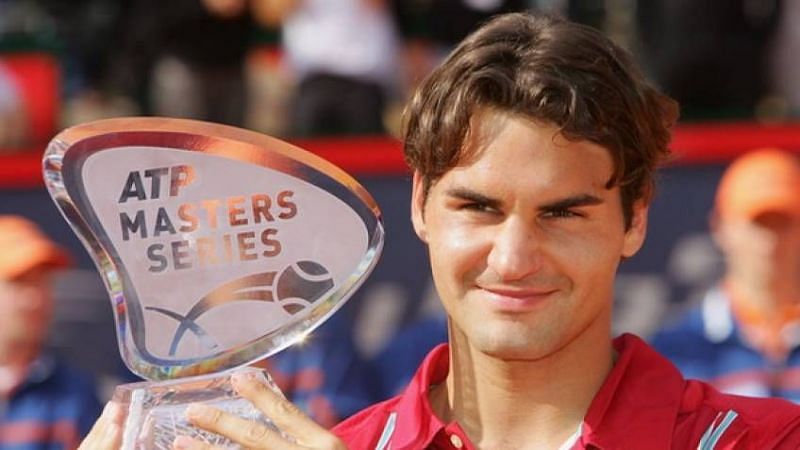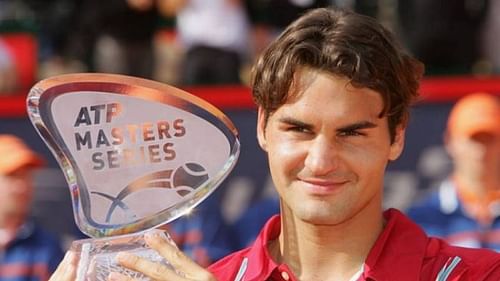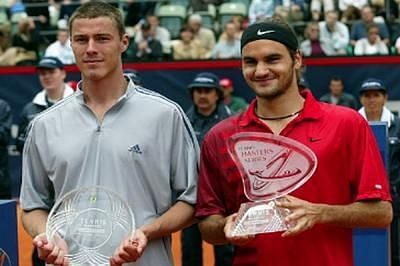
How did Roger Federer achieve his Masters 1000 breakthrough?

Roger Federer holds an impressive Masters 1000 resume. The series of nine tournaments on the tennis calendar which award 1000 points to the winner has always played a big part in shaping the tennis calendar, and Federer has been at the heart of it for a while.
At the 2019 Miami Masters, the 20-time Grand Slam champion extended his own record for the longest gap between his first and latest triumphs in the tournament category to 17 years. He beat defending champion John Isner in a straight-sets final there to become the oldest player to lift a Masters 1000 title.
Federer also became the first player to appear in 50 Masters 1000 finals by beating young Canadian Denis Shapovalov in the semifinals. And he celebrated the occasion by lifting his 28th title in the tournament category.
You may also like: Federer's 5 standalone Masters 1000 records
For a long time, Federer was the all-time match win leader (380) in Masters 1000 tournaments. However, his arch rival and good friend Rafael Nadal surpassed him by winning the 2019 Coupe Rogers.
On that note, let us take a trip down memory lane and re-live Federer's first Masters 1000 title.
The Masters 1000 breakthrough

After being thwarted by Andre Agassi in his first Masters 1000 final - in Miami - Federer made his much awaited breakthrough on the claycourts of Hamburg.
The then 14th-ranked Federer beat Nicolas Lapentti, Bohdan Ulihrach and Adrian Voinea in straight sets before dropping his only set of the week against three-time Roland Garros champion Gustavo Kuerten in the quarterfinals.
In the semis, Federer beat his doubles partner Max Mirnyi, with whom he won the Rotterdam title earlier in the season. That took him to his second Masters 1000 final and his first title match on clay.
Taking on then World No. 5 Marat Safin for the third time (following wins in their first two matches), Federer started the final on the ascendancy. He took the opener for the loss of just one game and surged ahead 5-1 in the second set.
Safin saved two set points and recouped one of the two breaks back. But it was too little too late, as the Swiss took the second set 6-3 to open up a commanding two-set advantage.
Despite his level dropping off a wee bit, it was Federer who claimed the early break in the third. Safin did break back twice to take a 3-2 lead, but the Swiss was back on level terms in the very next game.
He then grabbed the decisive break of the match at 5-4 to land the first big title of his career.
In the process, Federer became the 42nd different player to win a Masters 1000 title. He also became the youngest first-time titlist in the tournament category since Roberto Carretero at the same tournament seven years earlier.
You may also like: 3 milestones Federer could achieve in 2020